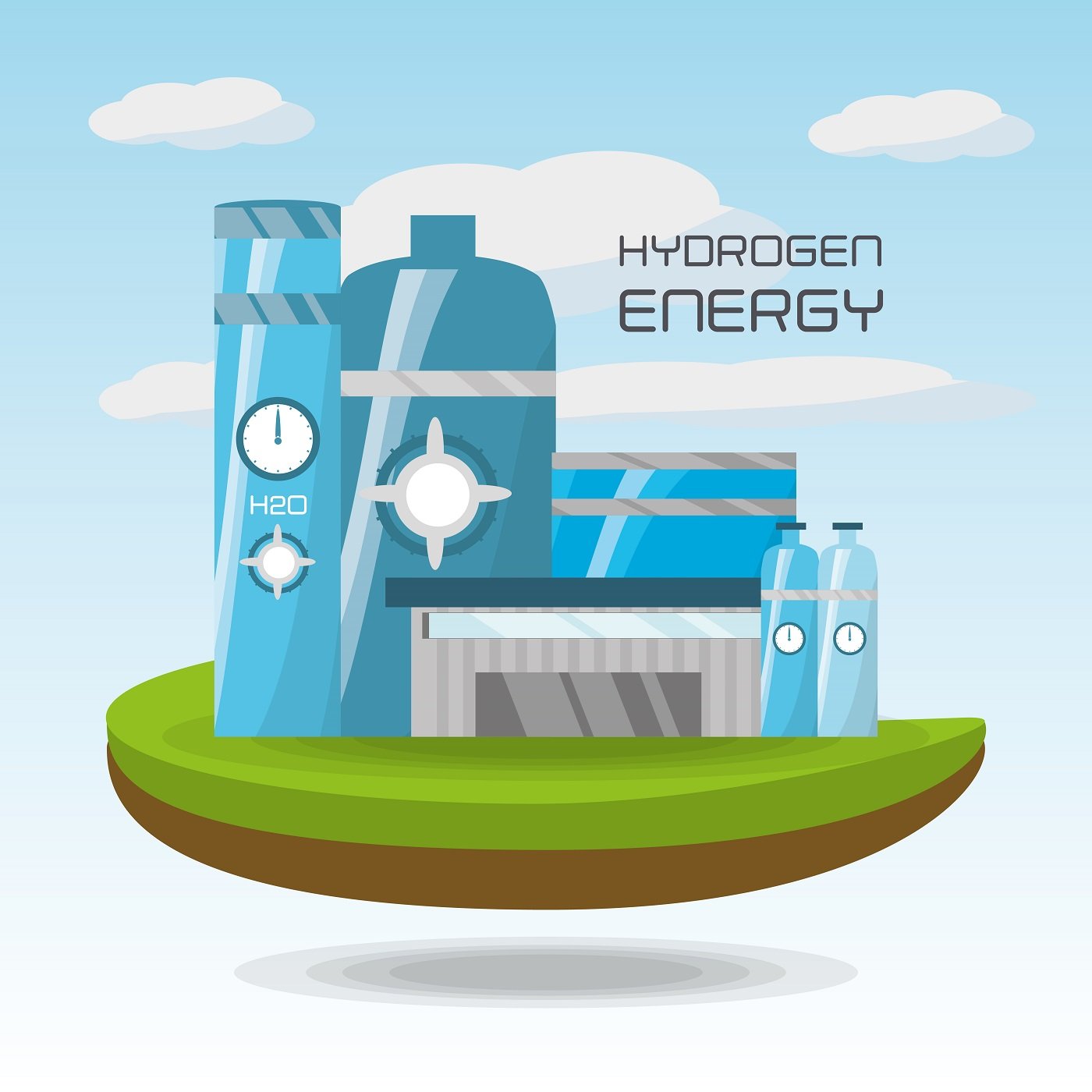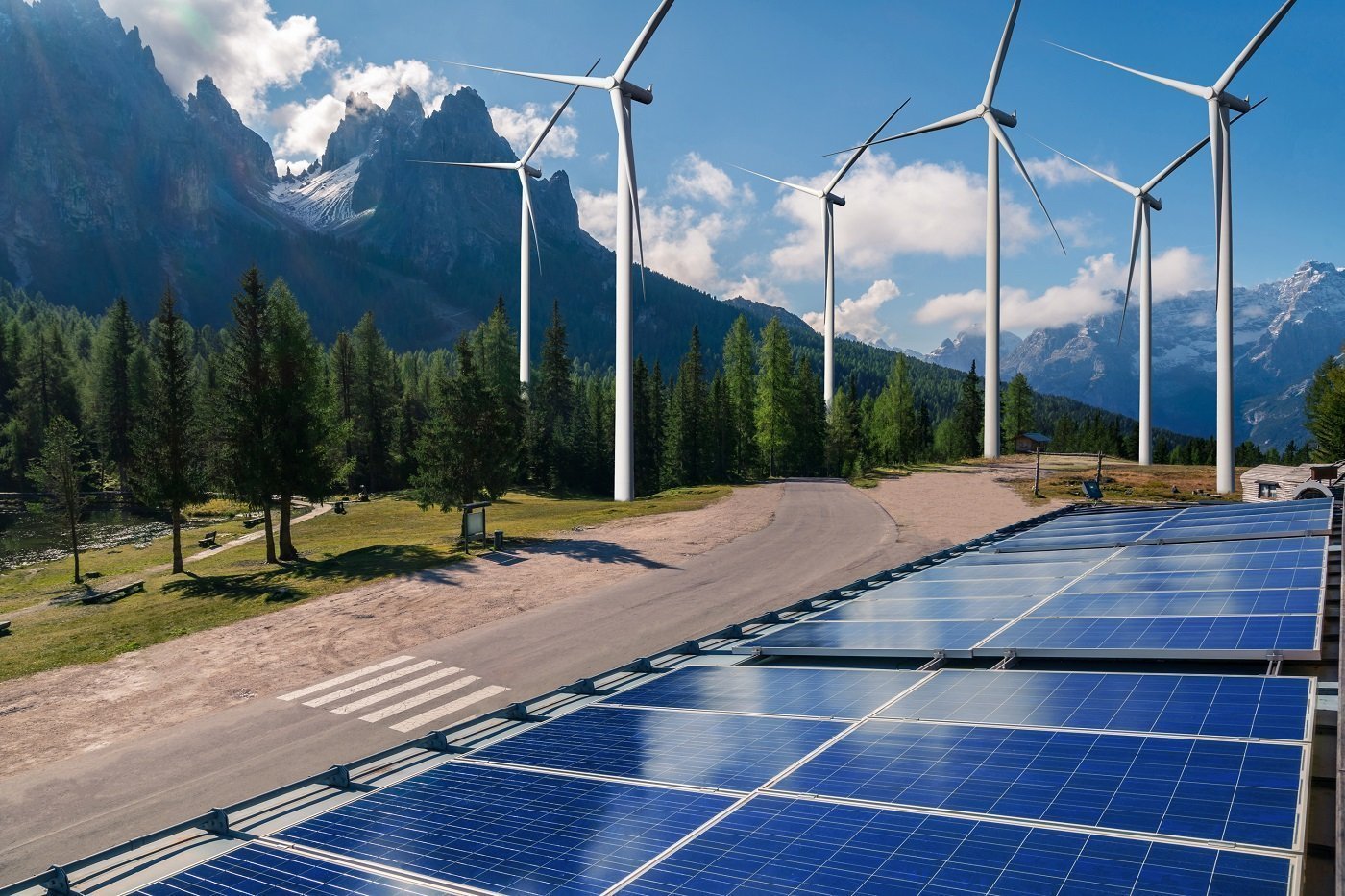Before our Green Hydrogen article, let’s first briefly look at what hydrogen is and how it has achieved a place in humanity’s past, then how important it is for our future.
Hydrogen is the most abundant element in the universe, making up 75% of the mass of the universe. Hydrogen (Latin: “Hydrogenium”) is a nonmetal with element symbol H and atomic number 1. It is colorless, odorless, tasteless and highly flammable.
Hydrogen was discovered in the 1500s, its combustibility was realized in the 1700s, it is the simplest and most abundant element of the universe, it is a colorless, odorless gas 14.4 times lighter than air and completely non-toxic. Hydrogen gas was first produced artificially by T. Von Hohenheim (also known as Paracelsus, 1493 – 1521) by mixing metals with strong acids.
Is green hydrogen the sustainable fuel of the future?
Imagine a clean fuel alternative to fossil fuels, unlike renewable energy sources. A fuel that can be used at any time of the day or night, regardless of weather conditions, leaves no greenhouse gas residues, strictly curbs harmful emissions that increase global temperatures and helps the world solve the climate crisis.
Not a dream! Green Hydrogen. This is a reality, hydrogen obtained by electrolyzing water, called green hydrogen, can make humanity’s dreams come true.
Why “Green” Hydrogen
Hydrogen, a colorless gas, is referred to in multicolored terms.
There are no natural accumulations of hydrogen on earth. Hydrogen is separated from other components by a chemical process. Industrial hydrogen is today obtained from natural gas and coal. According to the material used in the production of hydrogen, carbon dioxide is emitted. Therefore, hydrogen produced from natural gas is called gray hydrogen and hydrogen produced from coal is called black hydrogen.
Blue Hydrogen is called hydrogen formed by the capture of carbon dioxide from natural gas and coal during production. Since the CO2 generated during production is not released into the atmosphere, it is in a relatively acceptable position.
What is Green Hydrogen?
Hydrogen can also be produced by electrolysis of water. If this electric current is generated by a renewable source (e.g. Solar panel or wind turbine), the clean hydrogen produced is green hydrogen. No harmful gases are released into the atmosphere during the production of hydrogen produced by energy obtained from renewable sources.
Advantages and Disadvantages of Green Hydrogen
- This energy source has pros and cons that we need to know. Let’s take a look at some of its most important positive features:
- 100% sustainable: Hydrogen does not emit pollutants during combustion or production.
- Storable: Hydrogen is easy to store, which allows it to be used later for other purposes and after production. Compressed hydrogen tanks can store energy for a long time and are also lighter in weight, making them easier to use than lithium-ion batteries.
- Versatile: Hydrogen can be converted into electricity or synthetic gas and used for domestic, commercial, industrial or mobility purposes.
- Portable: It can be transported up to 20% like natural gas and can be transported with the existing natural gas infrastructure. Increasing this percentage will require changing different elements in existing gas infrastructures to make them compatible.
However, green hydrogen has its downsides to keep in mind:
- High cost: Energy from renewable sources, which is the key to producing green hydrogen through electrolysis, is more expensive to produce, making it more expensive to obtain hydrogen.
- High energy consumption: hydrogen in general and green hydrogen production in particular requires more energy than other fuels.
- Safety issues: Hydrogen is highly volatile and flammable, and therefore comprehensive safety measures are required to prevent leakage and explosions.
How much does green hydrogen cost?
Green Hydrogen is still expensive today. In order for the prices of Hydrogen to decrease, renewable energy prices and electrolysis prices must decrease. Lowering the cost of electrolysis is critical to lower the price of green hydrogen, but it will take time. Green hydrogen requires massive amounts of cheap renewable electricity and large-scale electrolysis, but increased demand can lower the cost of electrolysis. Combined with falling renewable energy costs, hydrogen could drop below $ 1/kg by 2050, making it competitive with natural gas.
The International Energy Agency predicts that electrolysis costs could fall by half by 2040. Decarbonizing the planet is one of the goals countries around the world have set for 2050.
The European Union has a strategic plan for the future transition to green hydrogen for decarbonisation and climate neutrality. Hydrogen is one of the key elements for the future of energy and decarbonization, but not for all hydrogens. We need to accelerate the transition to green hydrogen from clean sources.
The oil industry is deliberately trying to create confusion about the application of hydrogen to the industry. Many oil companies seem to be either investing in hydrogen, or investing much lower than their potential.
With the participation of people who do not hesitate to take responsibility for climate change and to increase the awareness of societies in the future, hydrogen etc. Such clean fuels will enter our lives with firm steps.
We hope that we have roughly clarified what is mentioned when green hydrogen is mentioned, although it is colorless.


